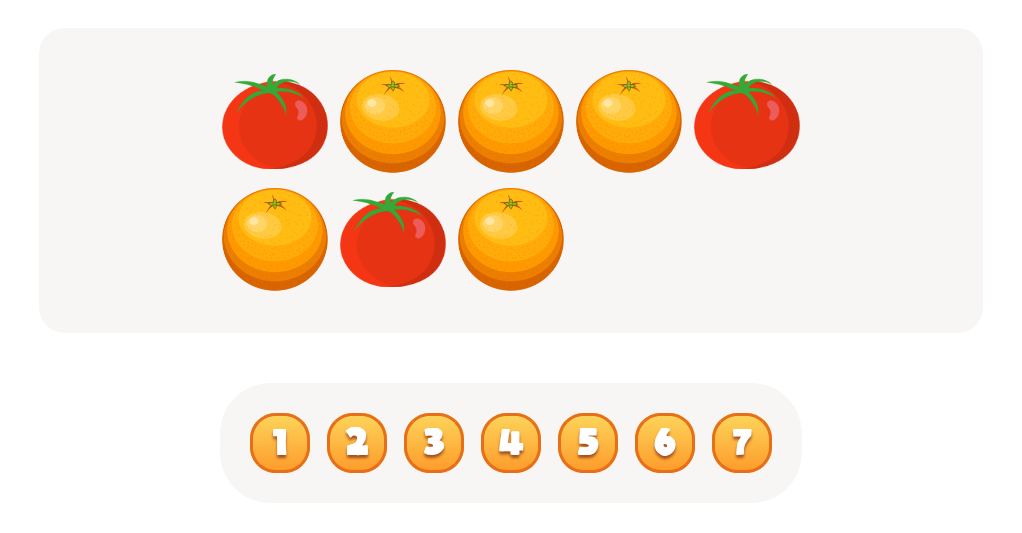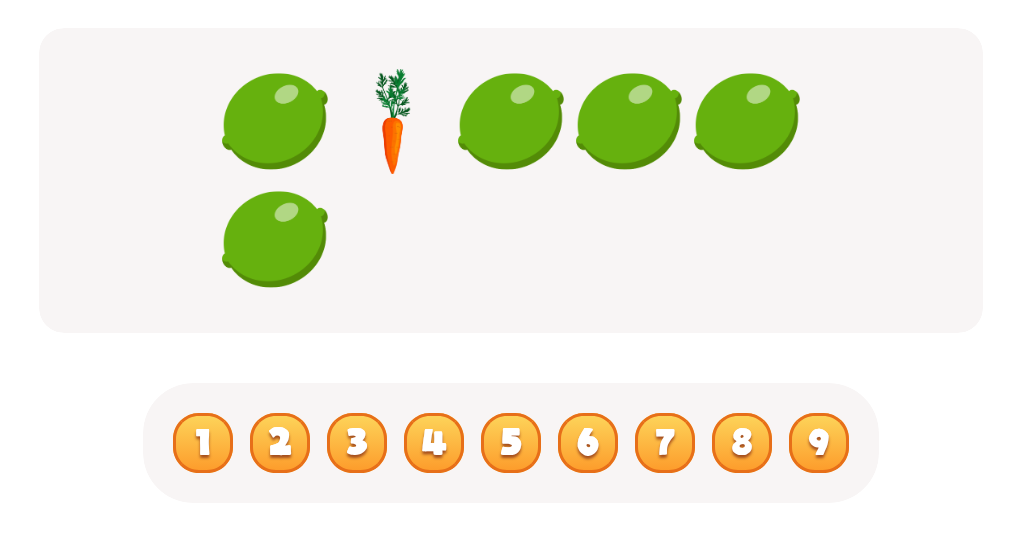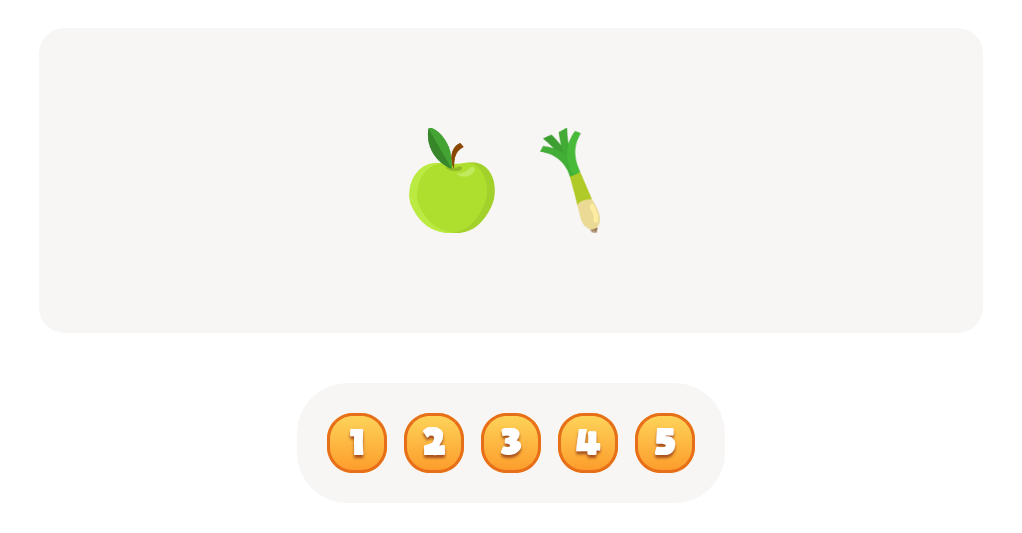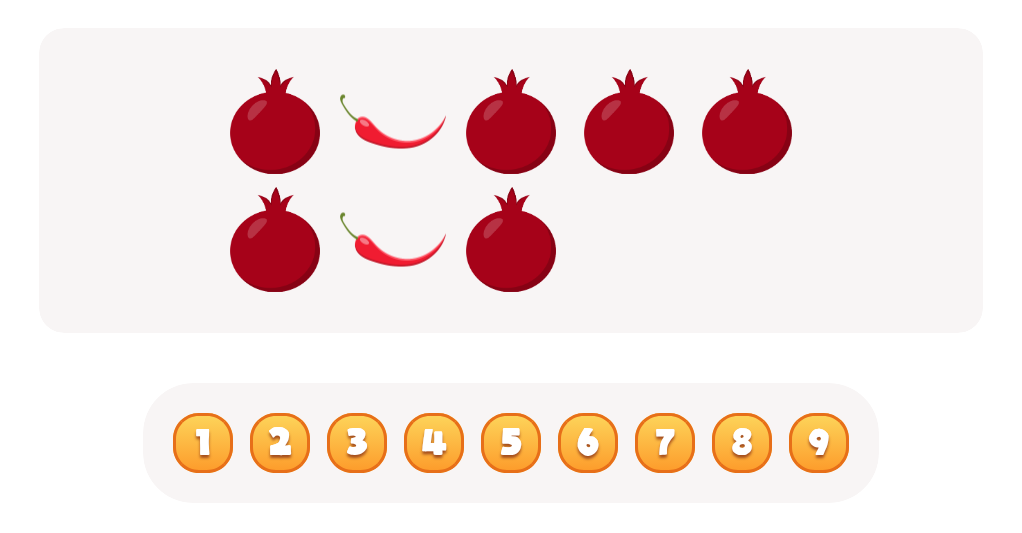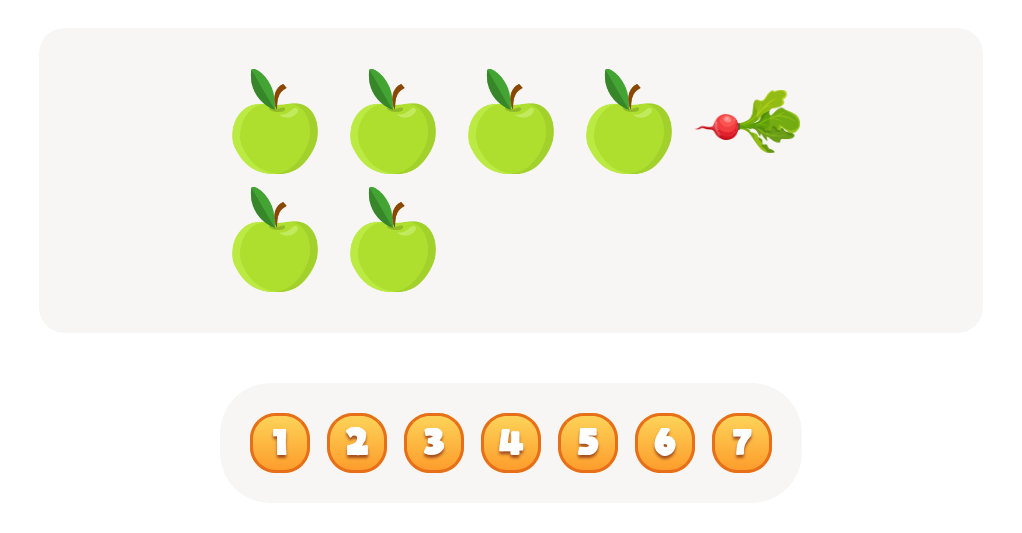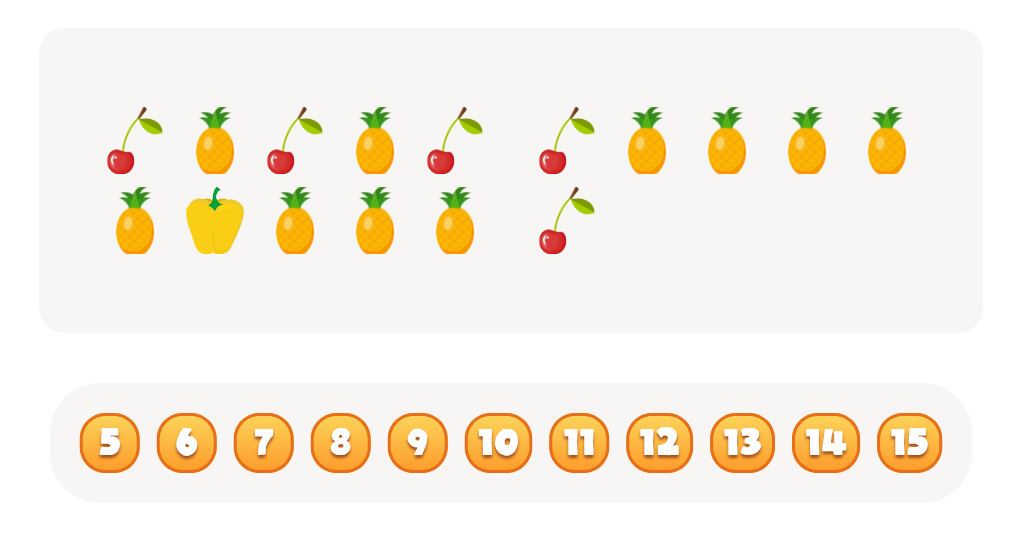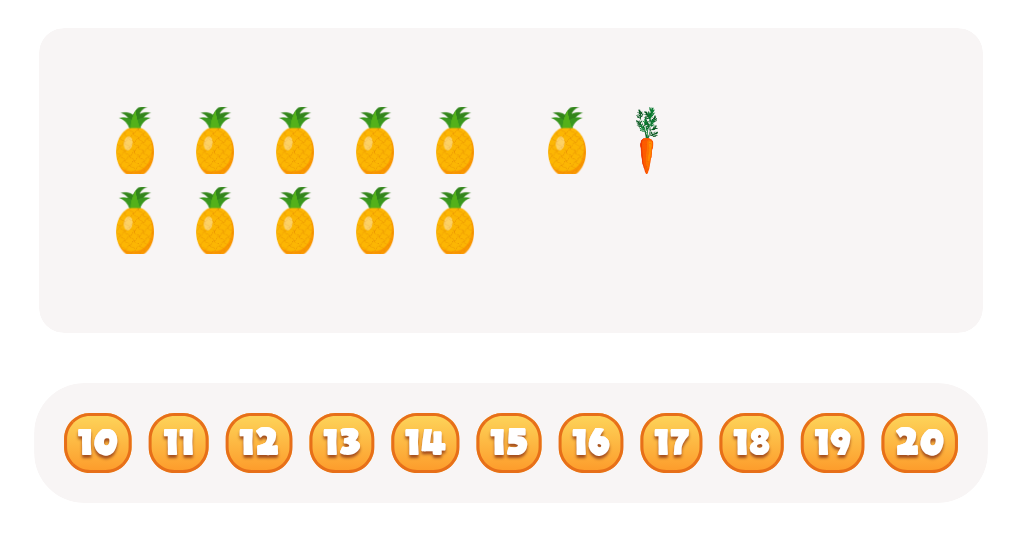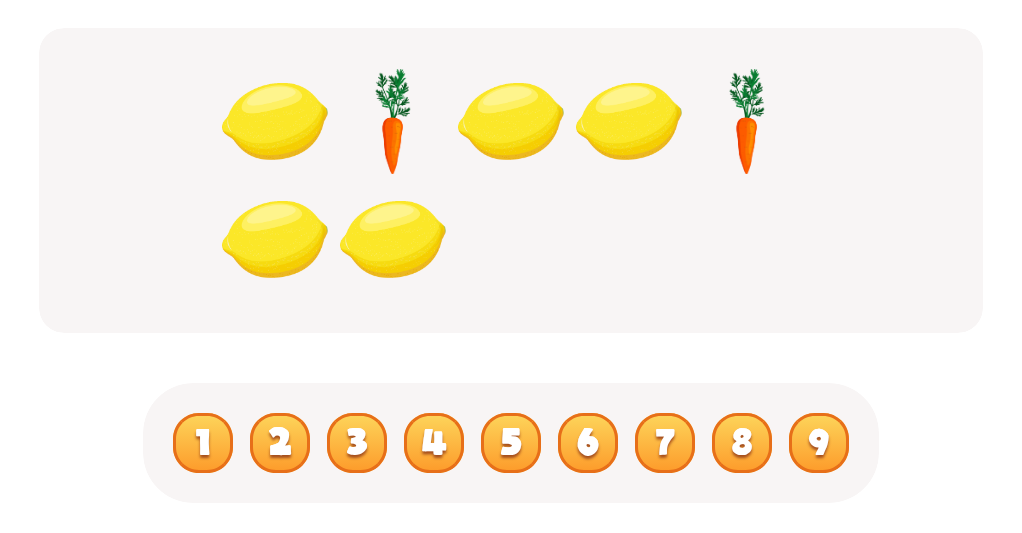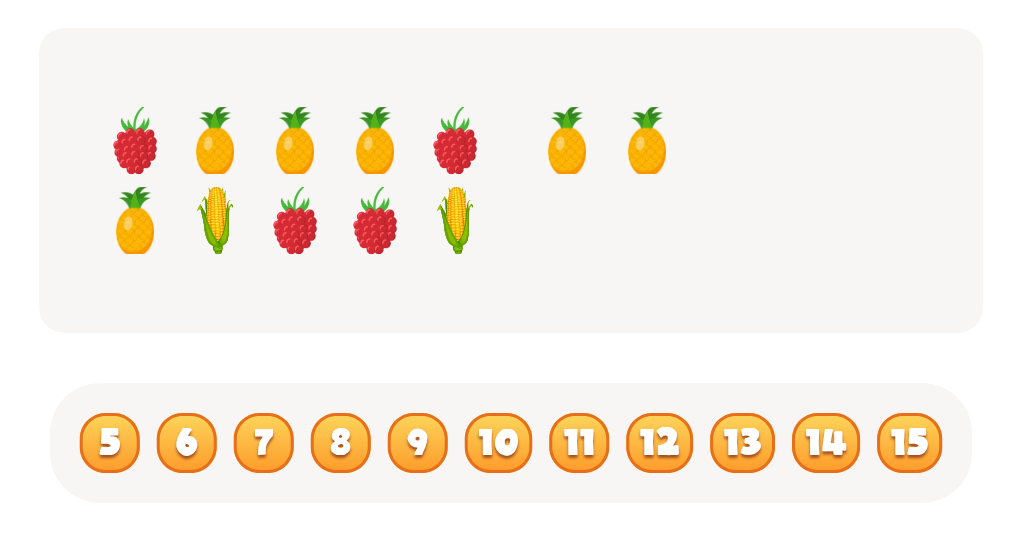Animal identification Plants and Animals Worksheets for Ages 5-9
5 filtered results
-
From - To
Explore our "Animal Identification Plants and Animals Worksheets for Ages 5-9" at Kids Academy! Designed to make learning fun and interactive, these printable worksheets help young learners identify various animals and understand their habitats. With engaging activities, vibrant illustrations, and simple instructions, children can enhance their knowledge of the animal kingdom while developing critical thinking and observational skills. Perfect for classroom use or at-home learning, these worksheets cater to different interests and learning styles. Let your child discover the fascinating world of animals today! Download now and watch their curiosity grow.
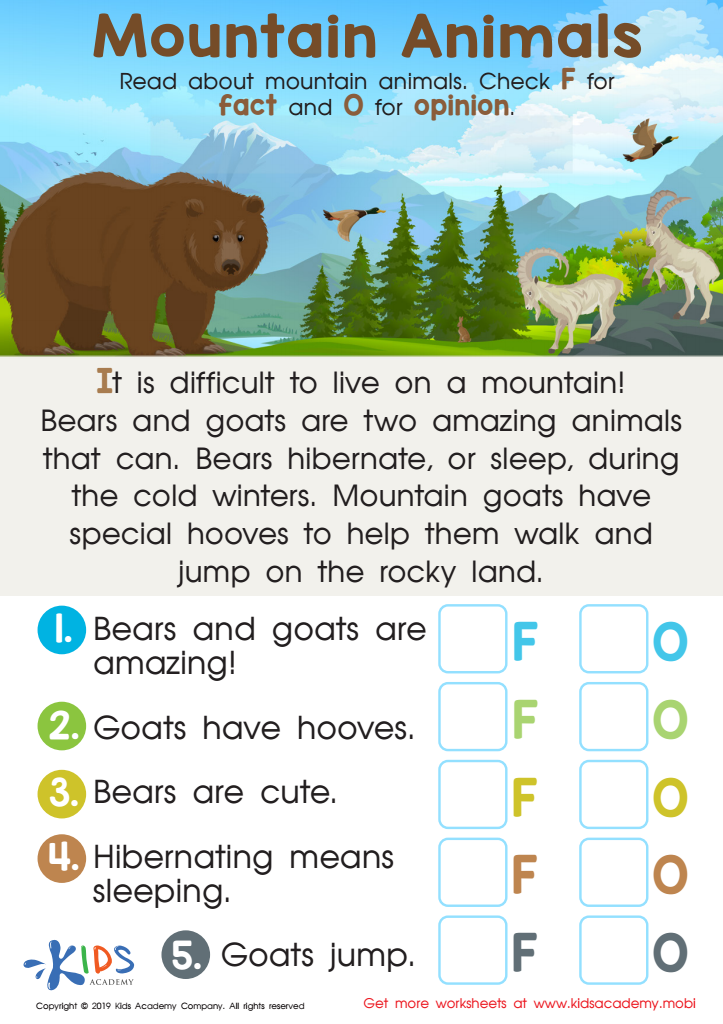

Mountain Animals Worksheet
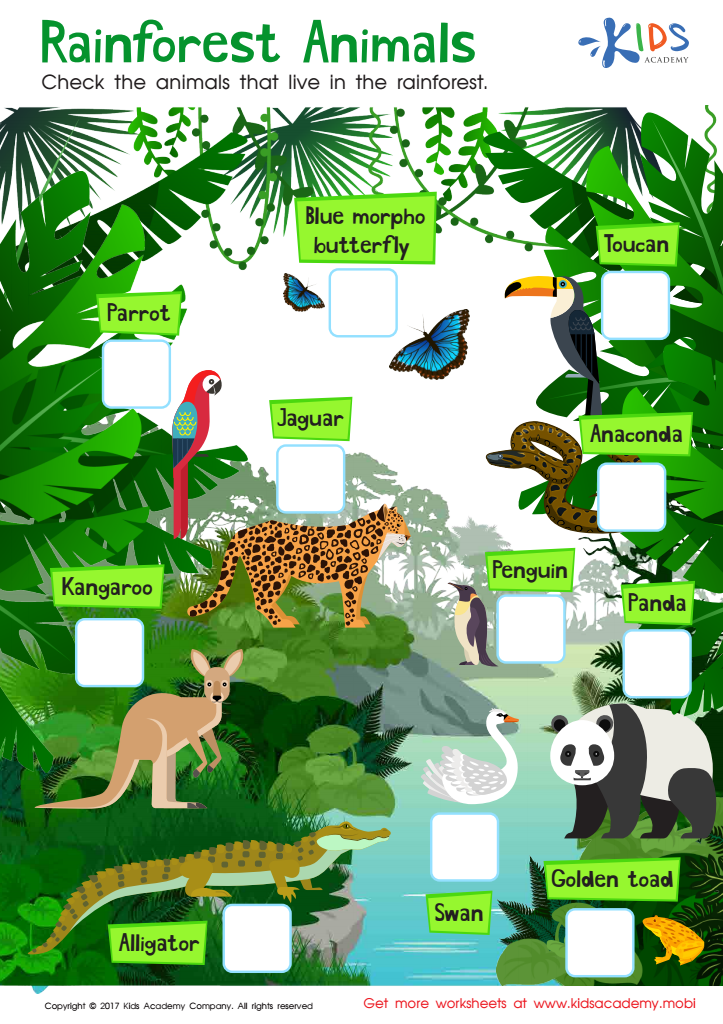

Rainforest Animals Worksheet


Animal Prints Match-Up Worksheet
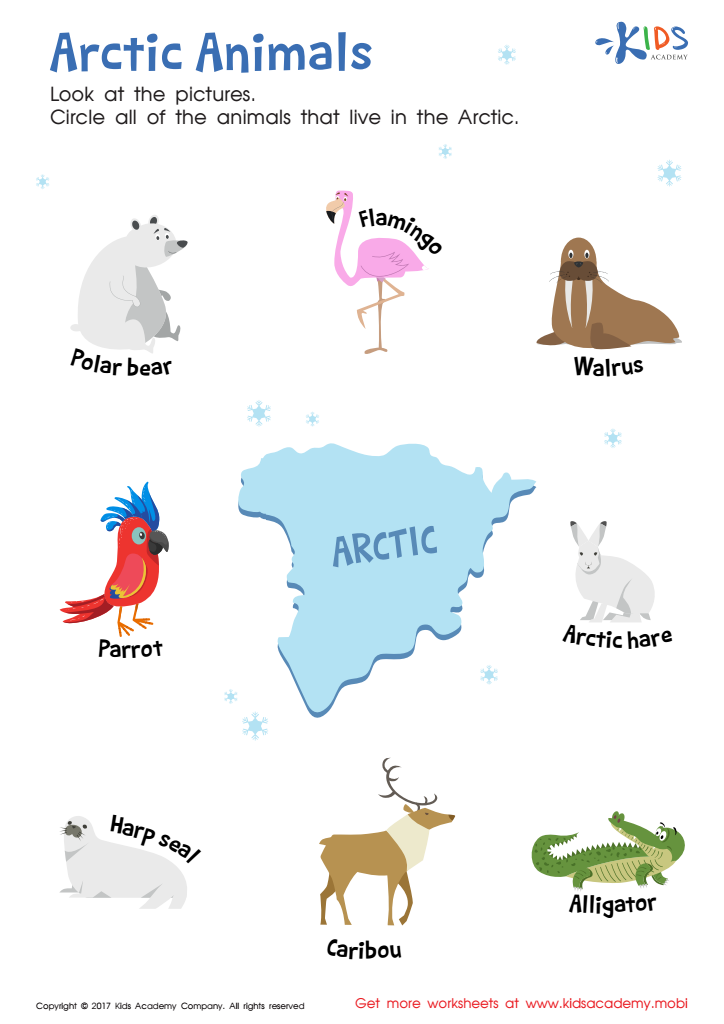

Arctic Animals Worksheet
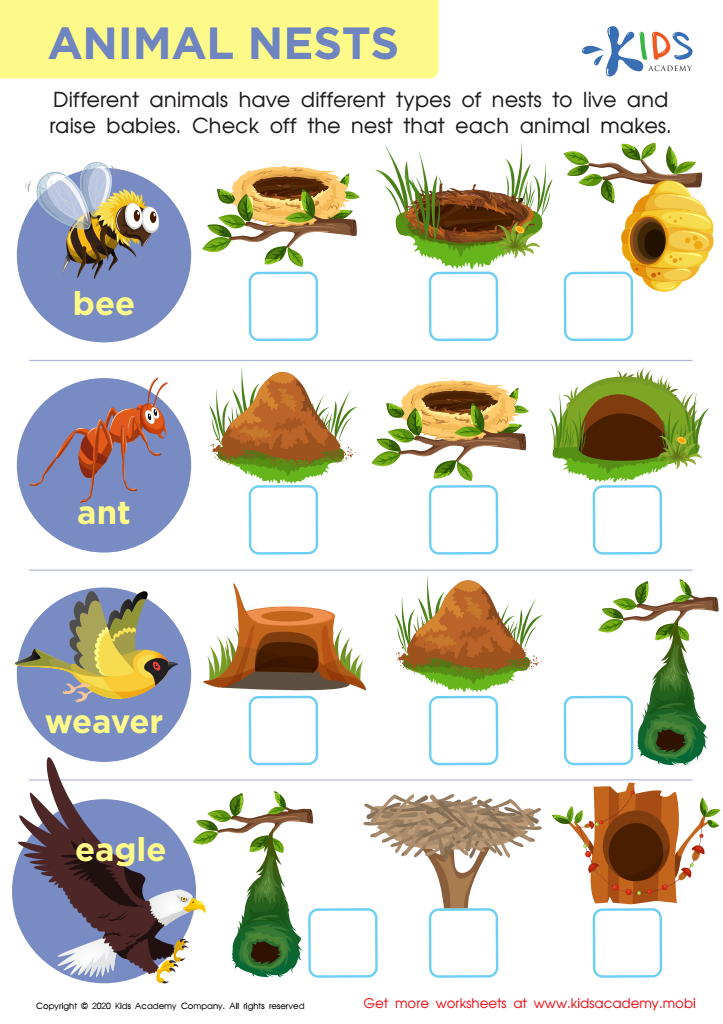

Animal Nests Worksheet
Understanding animal identification and plant-animal interactions is crucial for children aged 5-9, as it nurtures a sense of curiosity and appreciation for the natural world. At this developmental stage, children are naturally inquisitive, and engaging them with nature fosters cognitive growth, observational skills, and empathy for living creatures.
First, learning to identify animals and understand their roles in the ecosystem enhances a child’s observational abilities and critical thinking. By recognizing different species and their habitats, kids learn to compare, contrast, and classify, fundamental skills in science education.
Second, this knowledge builds a foundational respect for biodiversity and environmental stewardship. Children who understand the interconnectedness of plants and animals are likelier to develop habits that support sustainability, such as recycling, conservation, and responsible consumption.
Third, these lessons often involve outdoor activities, which provide necessary physical exercise and reduce screen time. Fresh air and exposure to the elements invigorate a child's senses and can improve mood and overall well-being.
Lastly, parental and teacher involvement in these activities strengthens bonding and encourages a collaborative learning environment. By showing that understanding nature is valued, parents and teachers model lifelong learning and curiosity, fostering a generation that’s informed, compassionate, and active in environmental conservation.
 Assign to My Students
Assign to My Students

